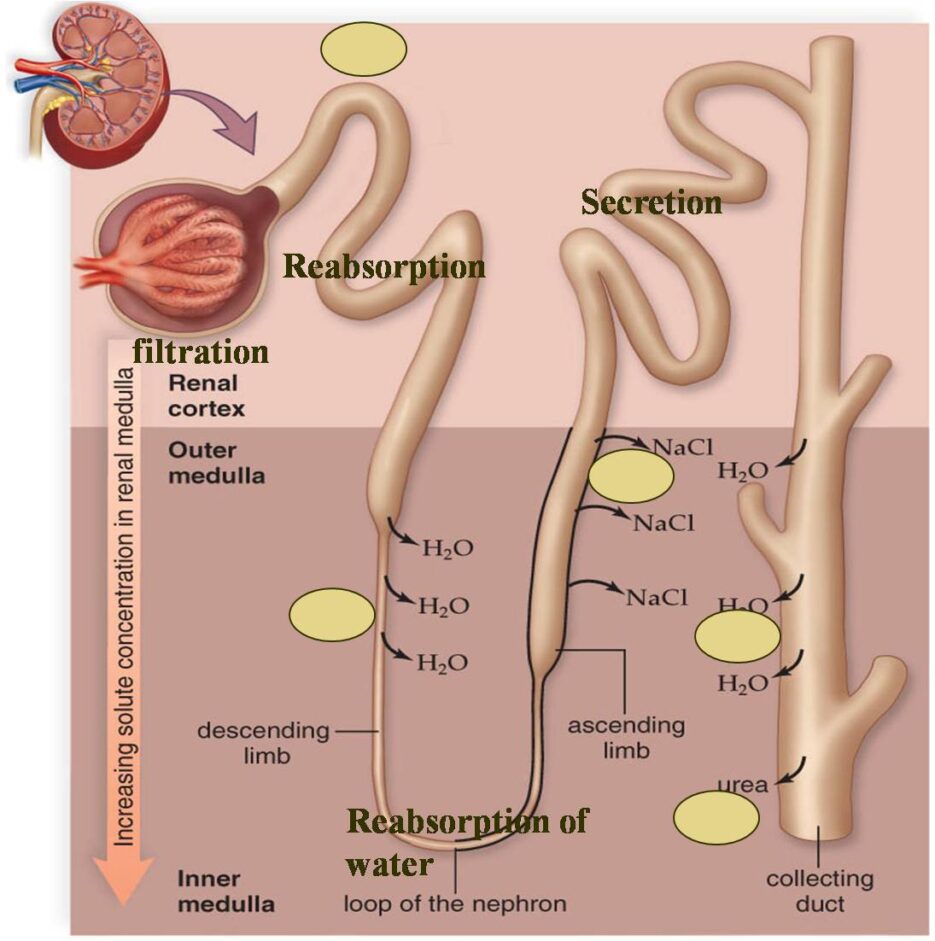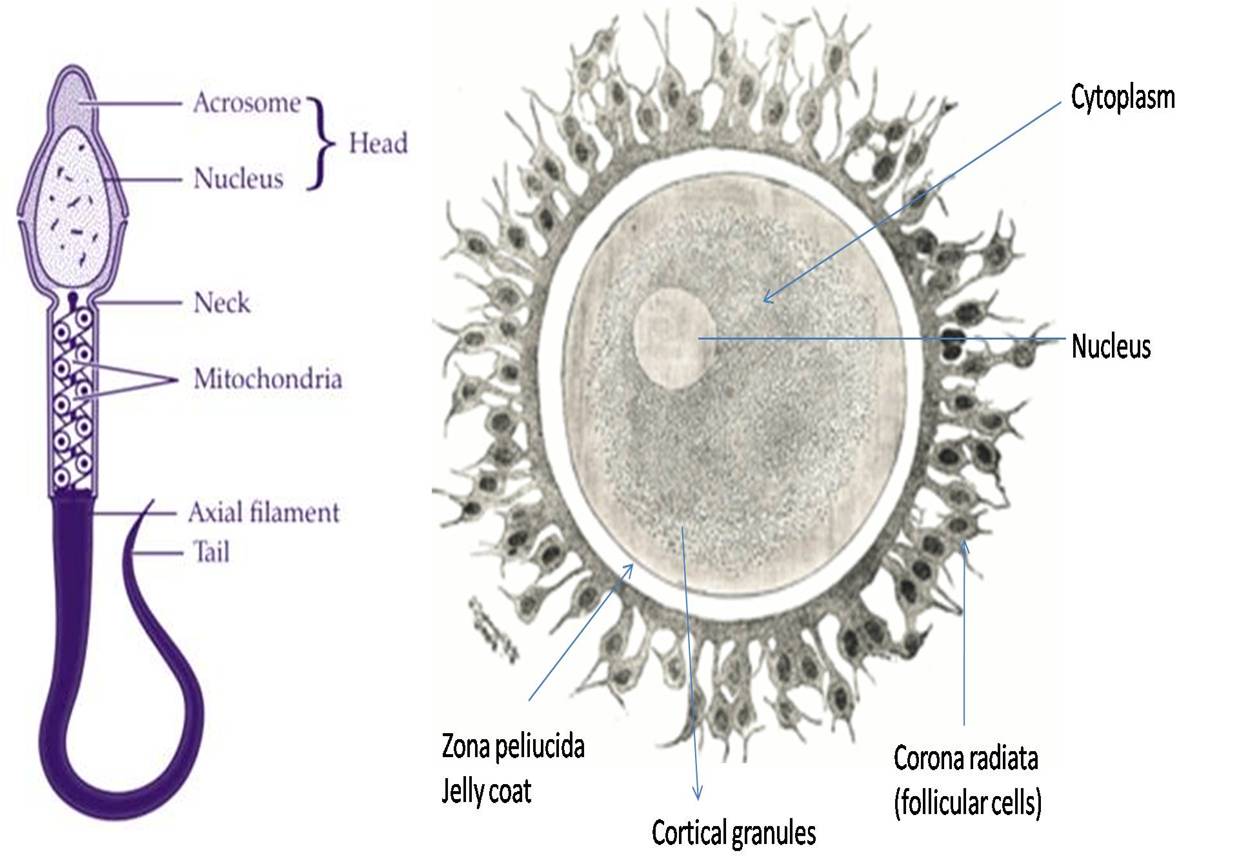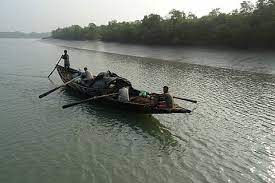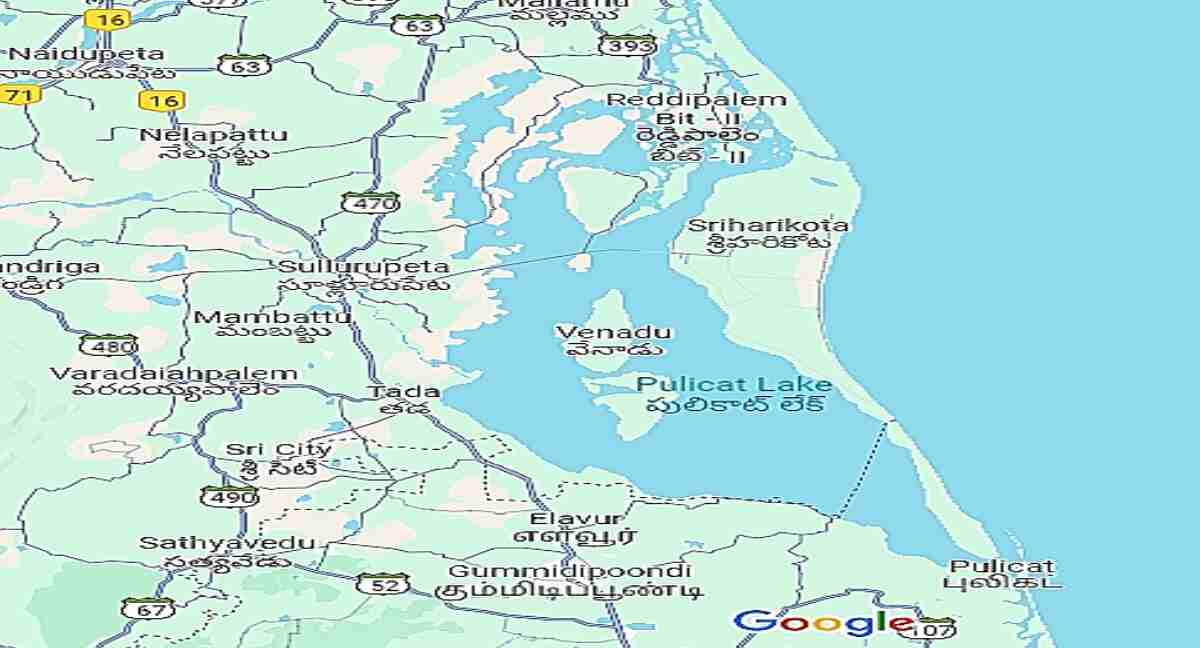Edible Freshwater Fishes: The fishes are very popular to as Rich Food for Poor People as it provides essential nourishment with both micro-nutrients and macro-nutrients. Fish contain low fat high rich protein with high omega-3 fatty acids and several vitamins, besides rich in calcium and phosphorus and a great source of minerals, such as iodine, magnesium, iron, zinc and potassium. The fish contains a good quantity of protein, about 18‐20%, and all the eight essential amino acids including the sulphur‐containing methionine, lysine and cysteine. In general, fish have less fat than red meats and the fat content ranges from 0.2% to 25%. The fat also contributes to energy supplies and assists in the proper absorption of fat soluble vitamins namely A, D, E, and K. Fish is a rich source of vitamins, particularly vitamins A and D from fatty species, as well as thiamine, riboflavin and niacin (vitamins B1, B2 and B3). Vitamin D present in fish liver and oils is crucial for bone growth since it is essential for the absorption and metabolism of calcium. Consumption of fish reduces risk of autoimmune diseases, including Type-1 Diabetes, prevents and treats depression, protect from age-related brain deterioration, help prevent asthma in children, protect vision in old age by lowering risk of muscular degeneration, improves sleep quality, lowers risk of cancer, blood pressure, Alzheimer’s disease etc. Fish is soft, easy to cook and more easily digested than meat so even young children can be fed fish, contributing to improved nutrient intake.
Fisheries contributes to around 17% of the global population’s animal protein intake. Around 125-210 million tonnes of fish is projected to be required by 2050 to meet the annual per capita requirement of 15-20 kg.
There are a number of freshwater fishes which are of much economic importance some of the common freshwater edible fishes are used as rich protein food by people the details identification characteristic of freshwater edible fishes are listed here-
Indian Major Carps: Edible Freshwater Fishes
1. Catla catla (Ham) 1822.
 |
| Catla catla |
B.3; D.17-19 (3-4/14-16); P.19-21; V.9; A. 8 (3-5); C.19; L.I. 40-43; L.tr. 7½/6½-9.
Popular names : Catla.
Local names : Tampra, Catla.
Environment : Benthopelagic, freshwater, brackish, depth range 5 m.
Climate : Subtropical;18-28 0 ; 34 N – 195 0
Dangerous : Harmless.
Characters :
- Length of head ranges from 4.1 to 4.7 and the height of body from 3 to 3.5 in the total length.
- Body is deep and stout.
- Mouth is wide and the lower jaw is prominent.
- Barbels are absent.
- Dorsal fin commences slightly in advance of the ventral fin.
- Pectoral fin is located slightly behind the ventral fin.
- Caudal fin is forked.
- Scales are of the moderate size.
- Lateral line is complete and commences from the upper margin of the gill cover.
- Colour of the body is grayish above and silvery on the lateral and ventral sides fins are blackish in colour.
Remark : It is one of the most productive food fishes in India. It is one of the fastest growing fish in the country it grows up to 182 cm total length.
Importance : fisheries: highly commercial; aquaculture: commercial; game fish, yes.
2. Cirrhinus mrigala (Ham) 1822.
 |
| Cirrhinus mrigala |
B.3; D.15-16 (3/12-13); P. 15-18; V. 9; A. 8(2/6); C.15; L.I. 40- 45; L .tr 6 ½-7 / 6 ½- 8 ½; Barbels 2.
Popular names : Mrigal
Local names : Naim, mrigala.
Environment : Benthopelagic, freshwater.
Climate : Tropical.
Dangerous : Harmless.
Characters :
- Length of head ranges from 5 to 5.3 and the height of body from 4 to 5.5 in the total length.
- Streamlined body, snout is blunt.
- Mouth broad, upper lip complete, lower lip indistinct.
- Single pair of barbels is present.
- Dorsal fin as high as body or length of head.
- Pectorals fin short, not reaching pelvic fin.
- Caudal fin deeply forked.
- Lateral line is complete.
- Body is silvery, dark gray along the back, some times with coppery tinge.
Remarks : It attains the length of about 90 cm Weighting up to 8 kg in its naturals surroundings. It adults stage if feeds mainly on algae. Breeding takes place in flooded rivers during July – September. It is an excellent species for stocking the tanks.
Importance: Fisheries: commercial; aquaculture: Commercial game fish: yes.
3. Labeo rohita (Ham) 1822.
 |
| Labeo rohita |
B.3; D.15-16 (3/12-13); P.17; V.9; A.7 (2/5); C.19; L.I. 40 -42; L.tr.6 ½- 7 ½/9 Barbels 2.
Populer names : Rohu
Local names : Rohu, Tambada massa.
Environment : Benthopelagic, freshwater, brackish, depth range 5m .
Climate : Tropical 320N-210N
Dangerous : Harmless.
Characters :
- Length of head ranges from 4.5 to 5 and the height of body from 4 to 4.5 in the total length.
- Body is moderately elongated and the abdomen is rounded.
- The inter orbital space is flat.
- Mouth small and inferior, lips thick and fringed, each lip with a distinct inner fold; snout depressed and projecting beyond mouth.
- Only one pair of short and thin maxillary barbels is present.
- Caudal fin is deeply forked.
- The lateral line is complete.
- The body is bluish black along the back; becoming reddish black along the sides and silvery beneath scales are with buff, orange or reddish center and dark margin. Fins are black.
Remarks: It is one of the most valuable food fishes of India and is very suitable for pond culture. It grows upto a length of 200cm. It is estimated excellent as food and of great economic importance.
Importance: fisheries: highly commercial; aquaculture: commercial game fish: yes.
Other Edible Carp Fishes: Edible Freshwater Fishes
4. Labeo Calbasu (Ham) 1822.
 |
| Labeo calbasu |
B.3; D.16-18 (3/13-15); P.19; V.9; A.7 (2/5); C.19; L.I. 40-44; L.tr. 7 ½/8. Barbels 4.
Popular names : Kalbasu
Local names : Kala -beinse ; Kanoshi .
Environment : Benthopelagic, Potamodromous, freshwater, brackish, depth range 10-11m.
Climate : Tropical 250N – 160N.
Dangerous : Harmless.
Characters :
- Length of head ranges from 5 to 6 and the height of body are 4 in the total length.
- Body is moderately elongated and the abdomen is rounded.
- Mouth is narrow; snout is obtuse and depressed. It is without lateral lobes but with pores.
- One pair rostral and one pair of maxillary barbels are present, the rostral being slightly longer than the maxillary.
- Dorsal fin commences midway between the snout and the base of the caudal fin.
- Caudal fin is deeply forked.
- Scales are large and 5 ½ to 6 ½ rows are present in between the lateral line and base of the ventral fin.
- Lateral line is complete.
- Body is blackish with scarlet in the center of the scales fins are black.
Remarks : it grows upto 91 cm in the length and is an excellent food fish. It is being stocked in the fish tanks at several places in India.
Importance : fisheries: commercial, aquaculture: commercial.
5. Cirrhinus reba (Ham) 1822
 |
| Cirrhinus reba |
B.3; D.10-11 (2/3|8-9); P.16; V.9 A. 8 (2-3/5-6); C.19; L.I. 35-38; L. tr. 7/5-9. Barbels 2.
Popular names : Mrigal, Mirrgah, Reba
Local names : Rewah , Raicheng
Environment : Benthopelagic, Freshwater
Climate : Tropical
Dangerous : Harmless.
Characters :
- Length of head ranges from 5.1 to 6.2 and the height of body from 4 to 5.2 in the total length.
- Snout is slightly projecting.
- Body is slightly more convex than the abdominal one.
- Upper lip is fringed in young and adult forms.
- Barbels are only two and rostral in position.
- Dorsal fin originates anterior to the ventral fin.
- Caudal fin is deeply forked.
- Lateral line is complete.
- Scales are hexagonal and there are five rows between the lateral line.
- Colour of the body is silvery. Some times bluish longitudinal bands are found on body.
Remarks :- It may grow up to a length of 30 cm. The male is smaller than the female. Breeding takes place in flooded marginal shallows during June- September.
Importance : Flesh is oily and tasteful and liked by the consumers. It is used as food in India.
6. Labeo boggut (Skyes) 1841.
 |
| Labeo boggut |
B.3; D.11-12 (3/8-9); P.17; V.9; A.7 (2/5); C.19; L.I. 60-65; L.tr. 11-12|14.Barbels 2.
Popular names : Gubali, Boggut labeo
Local names : Kolees.
Environment : Benthopelagic, freshwater.
Climate : Tropical.
Dangerous : Harmless.
Characters :
- Length of head ranges from 5.5 to 6 and the height of body from 5.5 to 6.2 in the total length.
- Body is moderately elongated and the abdomen is rounded.
- Snout is thick slightly projecting beyond the jaws but without any lateral lobe.
- Lower lip is fimbriated and internally lined with a horny covering.
- Only one pair of short maxillary barbels is present.
- Dorsal fin nearer to the snout than the root of caudal fin.
- Pectoral is nearer about as long as the head.
- The caudal fin is deeply forked.
- Lateral line is complete and there are 8 to 9 rows of scales between it and base of ventral fin.
- Body silvery, darkest dorsally but the fins are orange.
- A dark spot present near the base of the caudal and sometimes a smaller one on the lateral line above the last third of the pectoral fin.
Remarks : It grows up to 20 cm In length. It is the most abundant freshwater fish in the inland waters of the Kathiwar and has good prospect for exploitation. It is also popular for stocking ponds.
Importance : fisheries: commercial; aquaculture: commercial.





